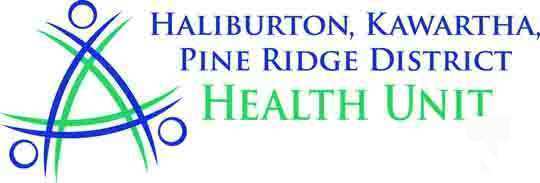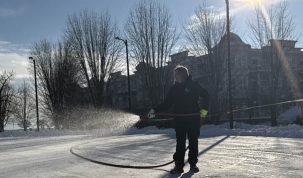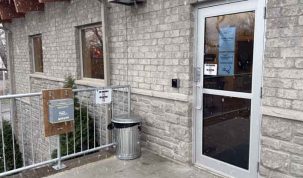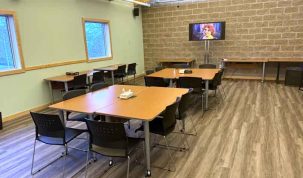By Cecilia Nasmith/Today’s Northumberland
Waste-water surveillance is a new concept in monitoring COVID-19 that is being carried on in Cobourg and Lindsay to give some indication of the presence of the virus.
At the January Haliburton Kawartha Pine Ridge District Health Unit board of health meeting, Medical Officer of Health Dr. Natalie Bocking explained how it works and what it can do.
“If someone is infected, regardless of whether they have symptoms, they shed virus materials in their stools,” Dr. Bocking said.
“When it goes to the sewer systems, you can put in certain filters and technology to detect that material and measure, essentially, the volume of the genetic material related to this virus.
“It’s not necessarily a very specific measure. It doesn’t say exact case numbers. But it does appear to match very well in terms of overall increase with overall increased cases.”
Similarly, Dr. Bocking pointed out, it can potentially foretell a decrease in cases as well.
This is not a measure widely used in rural health units like HKPR, compared to urban centres such as Ottawa, and it’s not something that can be expanded into every small municipality or hamlet.
But where it can be used, she said, it is another tool.
“We do see in both Lindsay and Cobourg, a few days before we really started to see our cases go up, that waste-water signalling went way up as well. I think we will see a plateau, but its usefulness right now at HKPR is not quite the same as at neighbouring health units,” Dr. Bocking said.
“Otherwise, we will look at hospital admissions data, test-positivity rate and other data to get a sense of where things are going.”
























